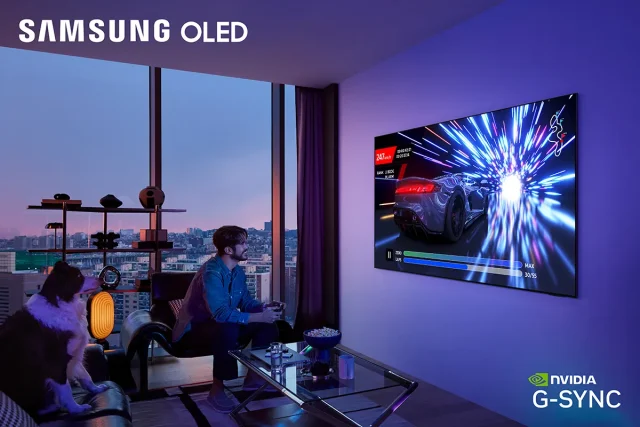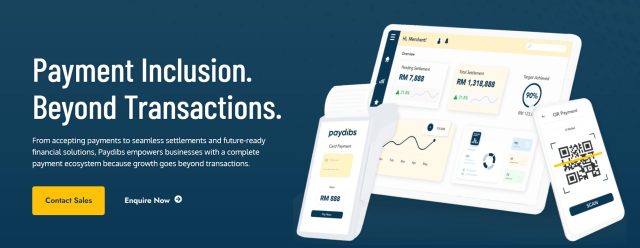As virtual reality (VR) technology advances, its integration into the corporate world is becoming more prevalent. Companies now utilize VR to revolutionize their business operations, from employee training to customer engagement. VR completely changes the corporate landscape by allowing for the creation of immersive environments and experiences. The five main ways that VR is changing the workplace will be covered in this article.
Furthermore, VR technology has enabled companies to create virtual storefronts and product demonstrations, offering customers a unique and interactive shopping experience. One example is virtual address technology, which allows companies to create a virtual office or store that customers can visit from anywhere.
Employee training
Employee training has always been a challenge for businesses. Traditional training methods can be costly and time-consuming. With VR, companies can create immersive training experiences that simulate real-life scenarios. This training method can be handy for hazardous jobs like construction or manufacturing. VR training can also teach soft skills, such as customer service or leadership, by putting employees in challenging situations where they can practice their skills in a safe environment.
Remote collaboration
In today’s global economy, remote work has become more common. However, remote collaboration can be challenging, particularly when it comes to creative work such as product design. VR can help bridge the gap by allowing team members to work together in a virtual environment, no matter where they are. This type of collaboration can lead to increased productivity and faster product development times.
Customer engagement
VR can also be used to enhance customer engagement. For example, a furniture company could use VR to allow customers to visualize how a piece of furniture would look in their home before making a purchase. Similarly, a real estate company could create virtual property tours, giving potential buyers a realistic view of a property before scheduling an in-person viewing. This immersive experience can lead to increased customer satisfaction and higher sales.
Product design
Product design is another area where VR can be transformative. Designers can create 3D models of products and then use VR to test and refine them in a virtual environment. It may contribute to faster prototyping times and a more efficient design process. Additionally, VR can be used to create product demos or marketing materials that give potential customers a realistic view of a product.
Virtual events
Events like trade shows or conferences can be created virtually through VR. It’s especially helpful during times when in-person events are not possible. VR events can provide a similar experience to in-person events, allowing attendees to interact with exhibitors, attend seminars, and network with other attendees.
Additionally, virtual events in VR can offer the advantage of reducing travel costs and eliminating geographical barriers, making it easier for attendees worldwide to participate.
Final words
Virtual reality is redefining the corporate landscape in numerous ways. It transforms employee training, remote collaboration, customer engagement, product design, and events. As VR technology evolves and becomes more accessible, we can expect to see even more innovative applications in the business world.











